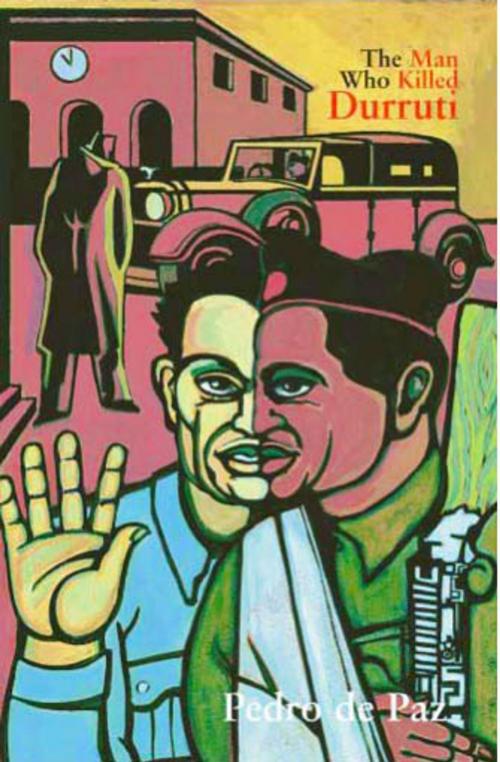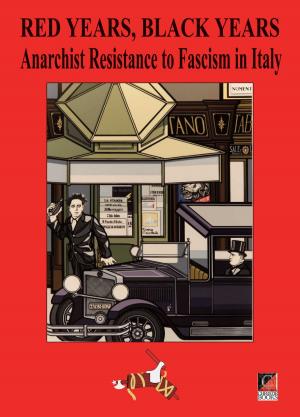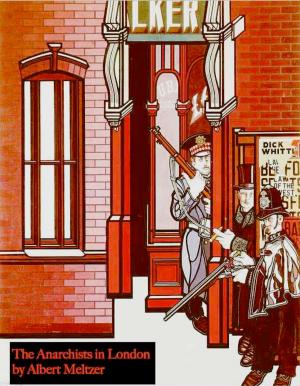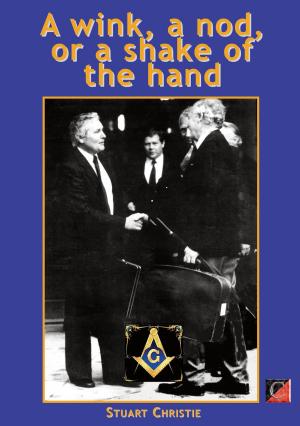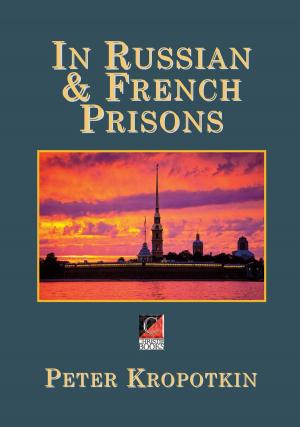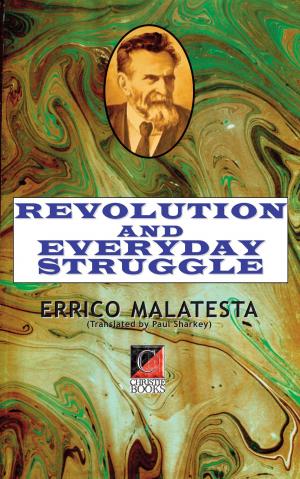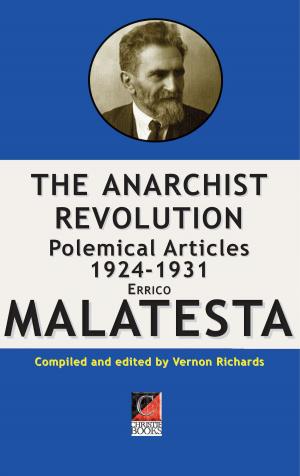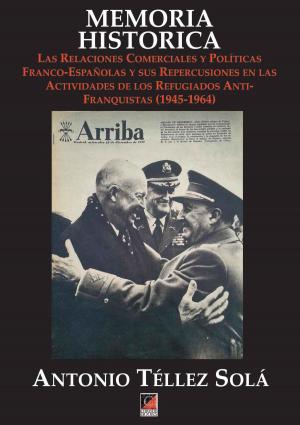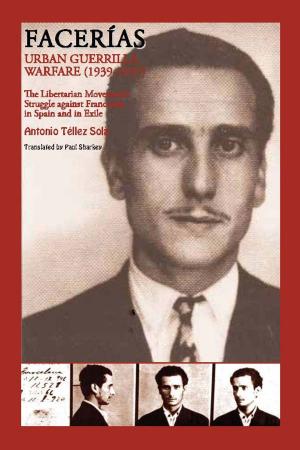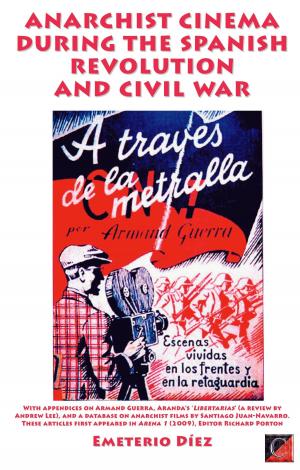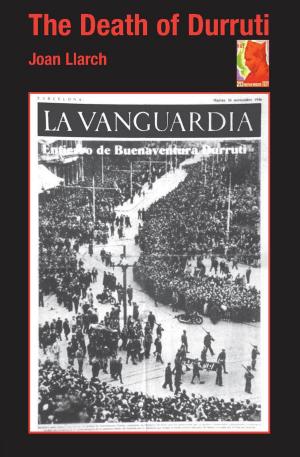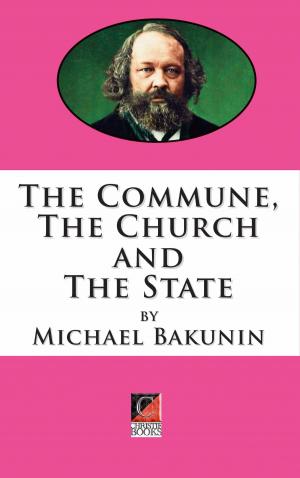The Man Who Killed Durruti
With a postscript on Buenaventura Durruti by Stuart Christie
Mystery & Suspense, Espionage, Fiction & Literature, Action Suspense, Historical| Author: | Pedro de Paz, Stuart Christie | ISBN: | 1230000272857 |
| Publisher: | ChristieBooks | Publication: | October 8, 2014 |
| Imprint: | ChristieBooks | Language: | English |
| Author: | Pedro de Paz, Stuart Christie |
| ISBN: | 1230000272857 |
| Publisher: | ChristieBooks |
| Publication: | October 8, 2014 |
| Imprint: | ChristieBooks |
| Language: | English |
Just after midday on 19 November 1936, Buenaventura Durruti – the revolutionary and Spanish Civil War leader – set out for the Clinical Hospital in Madrid, the scene of serious fighting with Franco’s Moorish troops. Besides his driver Julio Graves, he was accompanied by three other men: Miguel Yoldi, Bonilla and his military adviser Sergeant José Manzana. Spotting a group of milicianos he thought were deserters, Durruti stopped the car and got out to order them to return to their positions, which they did. As Durutti tried to re-enter the vehicle, a burst of machine-gun fire hit him in the chest at point-blank range. Within hours he was dead from his wounds, aged 40. But with the ending of his life began the questions that have eluded clear answers ever since. Who fired the fatal shots? Were they accidentally self-inflicted when his own weapon knocked against the car door? Did one of the other occupants deliberately assassinate him? Or was the “troublesome priest” of anarchism silenced by an unknown sniper’s bullet?
A former policeman, now a Major in the Spanish Republican Army, is sent to Madrid to investigate the circumstances in which the legendary anarchist was killed. In his search for the truth he interviews the key witnesses and uncovers a number of contradictory accounts. Nobody tells the same story in quite the same way, but as an experienced police officer he knows it is not inconceivable that they are all telling the truth. But it is also possible that some of them are lying, that some are trying to hide what they know, and, more sinisterly, that some may be seeking to sabotage his investigation for darker political ends.
Making imaginative and ingenious use of the detective novel as a literary device, Pedro de Paz explores various hypotheses and scenarios that could at last provide us, seventy years on, with believable explanations about the chain of events leading to the death of a truly remarkable man.
Synopsis
A former policeman, now a Major in the Spanish Republican Army, is sent to Madrid to investigate the circumstances in which the legendary anarchist Durruti was killed. In his search for the truth he inyterviews the key witnesses and uncovers a number of contradictory accounts. Nobody tells the same story in quite the same way, but as an experienced police officer he knows it is not inconceivable that they are all telling the truth. But it is also possible that some of them are lying, that some are trying to hide what they know and, more sinisterly, that some may be seeking to sabotage his investigation fordarker political ends. Making imaginative and ingenious use of the detective novel as a literary device, Pedro de Paz explores various hypotheses and scenarios that could at last provide us, seventy years on, with believable explanations about the chain of events leading to the death of a truly remarkable man.
Postscript: Buenaventura Durruti by Stuart Christie
Just after midday on 19 November 1936, Buenaventura Durruti – the revolutionary and Spanish Civil War leader – set out for the Clinical Hospital in Madrid, the scene of serious fighting with Franco’s Moorish troops. Besides his driver Julio Graves, he was accompanied by three other men: Miguel Yoldi, Bonilla and his military adviser Sergeant José Manzana. Spotting a group of milicianos he thought were deserters, Durruti stopped the car and got out to order them to return to their positions, which they did. As Durutti tried to re-enter the vehicle, a burst of machine-gun fire hit him in the chest at point-blank range. Within hours he was dead from his wounds, aged 40. But with the ending of his life began the questions that have eluded clear answers ever since. Who fired the fatal shots? Were they accidentally self-inflicted when his own weapon knocked against the car door? Did one of the other occupants deliberately assassinate him? Or was the “troublesome priest” of anarchism silenced by an unknown sniper’s bullet?
A former policeman, now a Major in the Spanish Republican Army, is sent to Madrid to investigate the circumstances in which the legendary anarchist was killed. In his search for the truth he interviews the key witnesses and uncovers a number of contradictory accounts. Nobody tells the same story in quite the same way, but as an experienced police officer he knows it is not inconceivable that they are all telling the truth. But it is also possible that some of them are lying, that some are trying to hide what they know, and, more sinisterly, that some may be seeking to sabotage his investigation for darker political ends.
Making imaginative and ingenious use of the detective novel as a literary device, Pedro de Paz explores various hypotheses and scenarios that could at last provide us, seventy years on, with believable explanations about the chain of events leading to the death of a truly remarkable man.
Synopsis
A former policeman, now a Major in the Spanish Republican Army, is sent to Madrid to investigate the circumstances in which the legendary anarchist Durruti was killed. In his search for the truth he inyterviews the key witnesses and uncovers a number of contradictory accounts. Nobody tells the same story in quite the same way, but as an experienced police officer he knows it is not inconceivable that they are all telling the truth. But it is also possible that some of them are lying, that some are trying to hide what they know and, more sinisterly, that some may be seeking to sabotage his investigation fordarker political ends. Making imaginative and ingenious use of the detective novel as a literary device, Pedro de Paz explores various hypotheses and scenarios that could at last provide us, seventy years on, with believable explanations about the chain of events leading to the death of a truly remarkable man.
Postscript: Buenaventura Durruti by Stuart Christie
